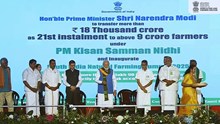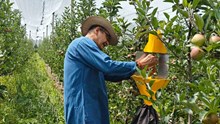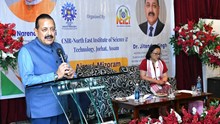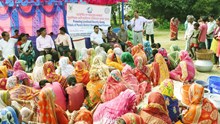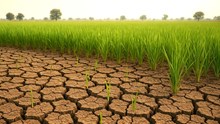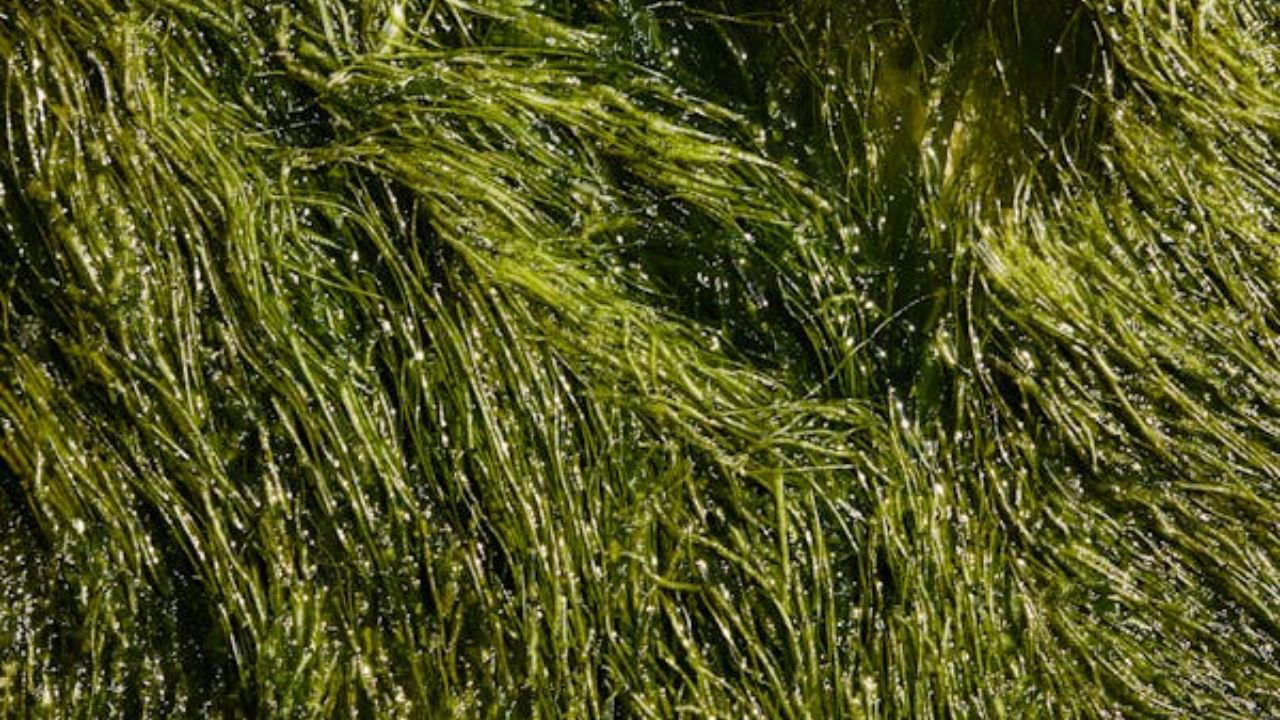
India is home to a rich diversity of seaweeds. Among these are around 434 species of Red Algae, 194 species of Brown Algae, and 216 species of Green Algae. These varieties hold great value for industries that produce food products, cosmetics, bio-fertilizers, pharmaceuticals, and even bioplastics. Some of the most cultivated varieties include Gelidiella acerosa, Gracilaria edulis, and Gracilaria crassa, which are used to produce Agar. Meanwhile, brown seaweeds like Sargassum and Turbinaria are commonly used to produce alginates and organic seaweed fertilizers.
Despite this natural wealth, the current seaweed availability in India, estimated at about 58,715 tonnes (wet weight), is not enough to meet the rising demand from various industries. This has presented a golden opportunity to expand seaweed cultivation in a structured and sustainable manner.

Seaweed Farming: Simple, Profitable, and Sustainable
Seaweed farming is independent of any fertilizers, pesticides, or freshwater. The technology adopted is low and easy to handle by the coastal community. Seaweed is grown using bamboo rafts or tube-nets in shallow sea waters. The production is low cost, maintenance is negligible, and a crop is ready within 45 to 60 days. There are six cycles of growth possible in a year, which makes this endeavor a dependable source of income for small fisher communities.
Previously, seed stock was harvested directly from the seabed, but such practice was damaging to natural resources. Today, scientific institutions are assisting in developing healthy seed stock through controlled processes so that the environment is not threatened while opportunities for income increase.
Cluster Model for Collective Growth
To ensure the project is successful and inclusive, the government has embraced a cluster model. Under this model, every group or cluster has a minimum of three beneficiaries. The beneficiaries may be fisherwomen, Self-Help Group members, or individual entrepreneurs. Every individual in the cluster gets 45 bamboo rafts, thus a total of 135 rafts per cluster. The project is executed with technical expertise from the State Fisheries Department and CSIR-CSMCRI, and the National Fisheries Development Board offers financial support.
Choosing the Right Spot for Cultivation
For seaweed farming to be successful, the farming site must meet certain conditions. The seawater should be maintained at a steady salinity level of not less than 30 parts per thousand. The sea bottom should be sandy or rocky, and the water should be clear and clean with soft currents. The temperature would be best if it is 26 to 30 degrees Celsius. In addition, at low tide, the water depth in the area should be at least one meter. These natural conditions help the seaweed grow quickly and in large quantities.
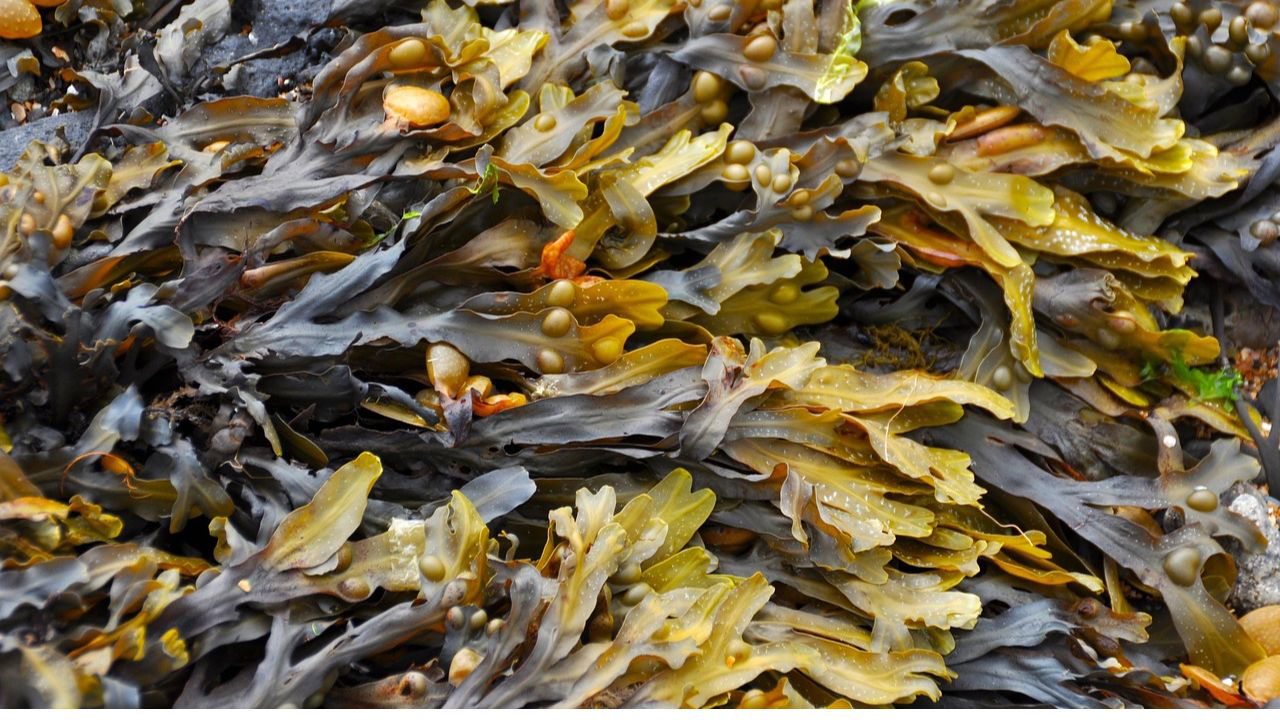
Seaweed Varieties with High Value
Among the most suitable species for farming are Kappaphycus alvarezii and Gracilaria edulis. Kappaphycus grows faster and is less sensitive to rough seas. Each raft planted with Kappaphycus can yield about 250 kg in just 45 days, while Gracilaria gives around 40 to 50 kg. Although Kappaphycus requires more seed material, its output is significantly higher and offers better returns.
In a typical cluster with 135 rafts, about 6,750 kg of seed material is used. At the time of harvest, each raft gives 250 kg of seaweed, out of which 200 kg is the net produce after keeping back 50 kg for the next crop. This means that a single cluster can produce 27,000 kg of wet seaweed in one cycle. Over six cycles in a year, the total comes to 1,62,000 kg. After drying, the total produce is around 16,200 kg, as only about 10 percent of the wet weight remains after drying. With the market price of dried seaweed around Rs. 60 per kg, the total annual income of one cluster is about Rs. 9,72,000.
Low Investment, Steady Income
The cost of setting up this project remains relatively low. One bamboo raft costs around Rs. 2,000. For a cluster of 135 rafts, the capital cost comes to Rs. 2,02,500. The recurring cost for the first cycle is Rs. 67,500, and from the second to sixth cycles, it totals Rs. 1,68,750. This brings the total project cost in the first year to Rs. 4,38,750.
With the updated gross revenue of Rs. 9,72,000, the net revenue in the first year becomes Rs. 5,33,250. From the second year onwards, when the capital cost is already covered, the net revenue increases to Rs. 7,35,750 per year.
For three people working together in a cluster, this means an average monthly income of Rs. 20,437 per person, starting from the second year.
Positive Outcomes and Future Potential
This initiative has already yielded encouraging results. For example, large-scale production of spores for Gracilaria edulis is being carried out at Mandapam in Tamil Nadu. In Gujarat, farming of Gracilaria dura has opened up new sources of income for fishing communities. Large-scale seaweed cultivation in India's coastal states is likely to fulfill the increasing needs of industries dependent on Agar and alginates. Above all, it is generating employment, empowering women, and boosting the rural economy.
Seaweed farming is a sustainable method of transforming coastal life, not merely a new source of income. India's coastal families have a genuine possibility to create a brighter future if natural resources, government assistance, and scientific advancements all work together. Growing seaweed respects the environment in addition to being financially rewarding. For those who decide to farm the sea, a fresh chance arises with each wave that reaches the coast.






